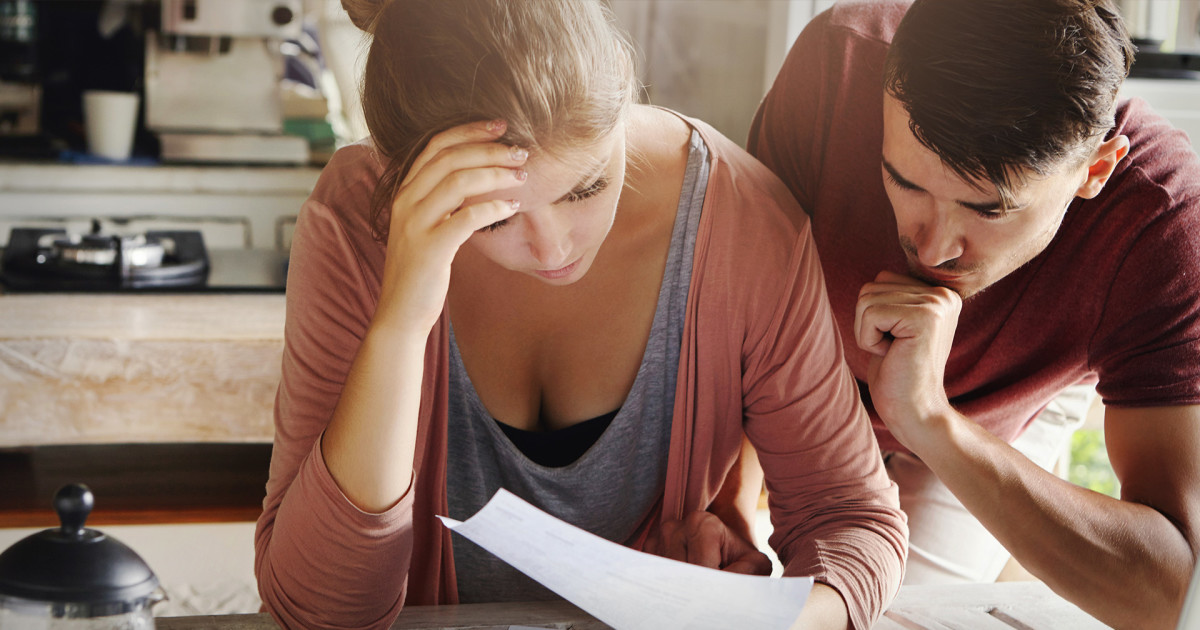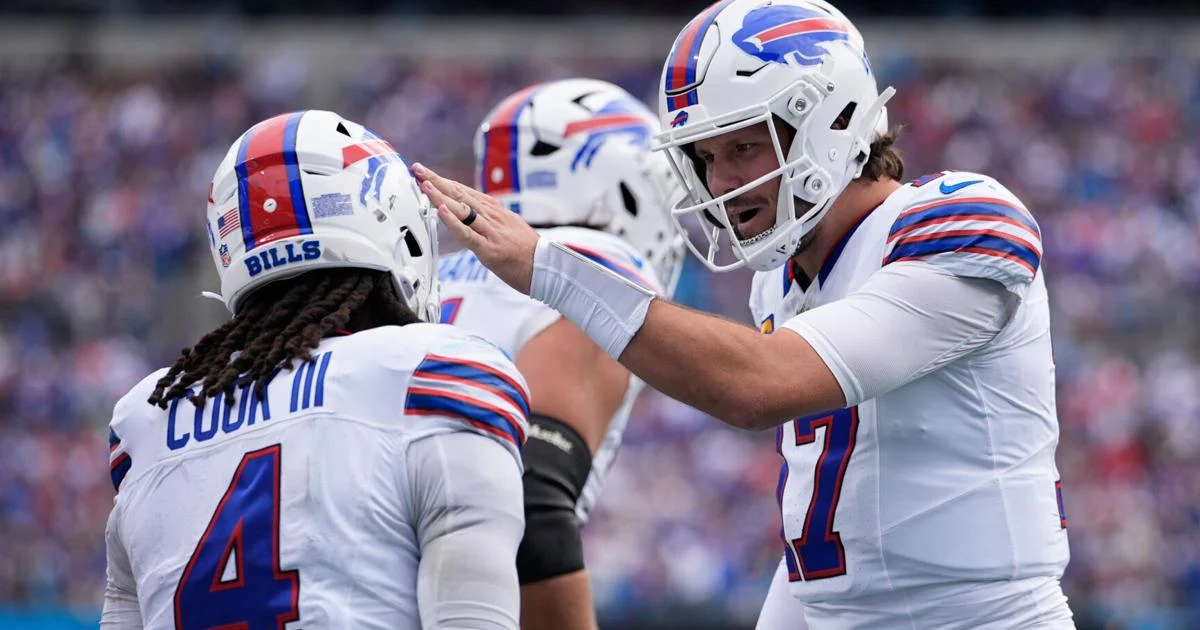Copyright The Street

Tap-to-pay technology has become incredibly convenient and incredibly common. According to data from Mastercard, around 51% of Americans use some type of contactless payment, including mobile wallets such as Apple Pay or tap-and-go credit cards. These contactless cards are used everywhere, from grocery stores to pharmacies to retail stores, quick-service restaurants, and mass transit services, prompting Linda Kirkpatrick, president of U.S. issuers at Mastercard to tell CNBC select, “What we’re really seeing during this crisis period is a consumer behavioral shift to leveraging contactless products.” Unfortunately, this shift in consumer behavior has opened the door to a damaging new scam. The Better Business Bureau has now issued a warning, alerting consumers of the risks. This new tap-to-pay scam could put consumers in jeopardy Thanks to the rise of tap-to-pay technology, the Better Business Bureau has told consumers to be alert for a new scam called “ghost tapping.” The BBB stated, “Ghost tapping is a scam that targets tap-to-pay cards and mobile wallets. Tap-to-pay works through Near Field Communication (NFC), which allows devices to exchange data at very close range.” Ghost tapping is different from other scams involving credit cards and debit cards. While many scams in the past usually required the criminals to take the card or at least come into contact with it, this is no longer necessary, thanks to the contactless payment technology. “Unlike previous debit and credit card scams, which required physical contact with the card, ghost tapping eliminates this need. There are occasions where the scammers will attempt to trick unsuspecting individuals in public places,” the BBB explained. How the debit- and credit-card ghost tapping scam works Ghost tapping typically occurs in crowded areas like train stations or festivals. It also occurs when criminals trick you into tapping your phone without looking at total charges. The goal is for criminals to tap their own device against your tap-enabled phone or card without you noticing. This allows them to discreetly charge you, or charge you a larger amount than expected. More Personal Finance: Suze Orman’s 5 best pieces of financial advice Dave Ramsey shares key insight on mortgage rates Jean Chatzky makes key statement as Social Security change looms The BBB indicates they have received numerous reports of the scam recently. One report submitted to the BBB Scam tracker explained how a victim was targeted: “An individual is going door to door in [location redacted] claiming to be selling chocolate on behalf of [redacted] to support special needs students. He says that he can only accept tap-to-pay to get people to pay with a card. He then charges large amounts to the card without the cardholder being able to see the amount. He got my mother for $537… Another victim for $1100… He changes neighborhoods frequently to avoid getting caught.” How much have Americans lost due to ghost tapping? There are no specific details yet on the exact amount consumers have lost due to this scam. However, the scam report made to the BBB scammer tracker indicated that the one reported incident alone had cost the victim over $1,000. Warning signs of ghost tapping Because your card never leaves your hands, it can be difficult to detect when you have become a victim of ghost tapping. The BBB said red flags to watch for include: Someone requesting that you use tap-to-pay without showing you the amount you’ll be charged A bank alert about a small charge, which may be a “test” charge Charges you don’t recognize after you were in a transit station, market, or other crowded location with your phone You should check your bank statements regularly to make sure you quickly spot and respond to this criminal scheme. How to protect yourself from ghost tapping The BBB offers tips on how to avoid becoming a victim, including: Using an RFID blocking wallet or other RFID protection to stop wireless skimming of your card Confirming payment details before you ever tap to pay, including the name of the merchant and the amount of the transaction Setting up transaction alerts with your bank so you’re told when a charge is made Not using tap-to-pay in crowded, high-risk areas and inserting your card instead Hopefully, by following these best practices, you can ensure your money stays safely in your own accounts.



